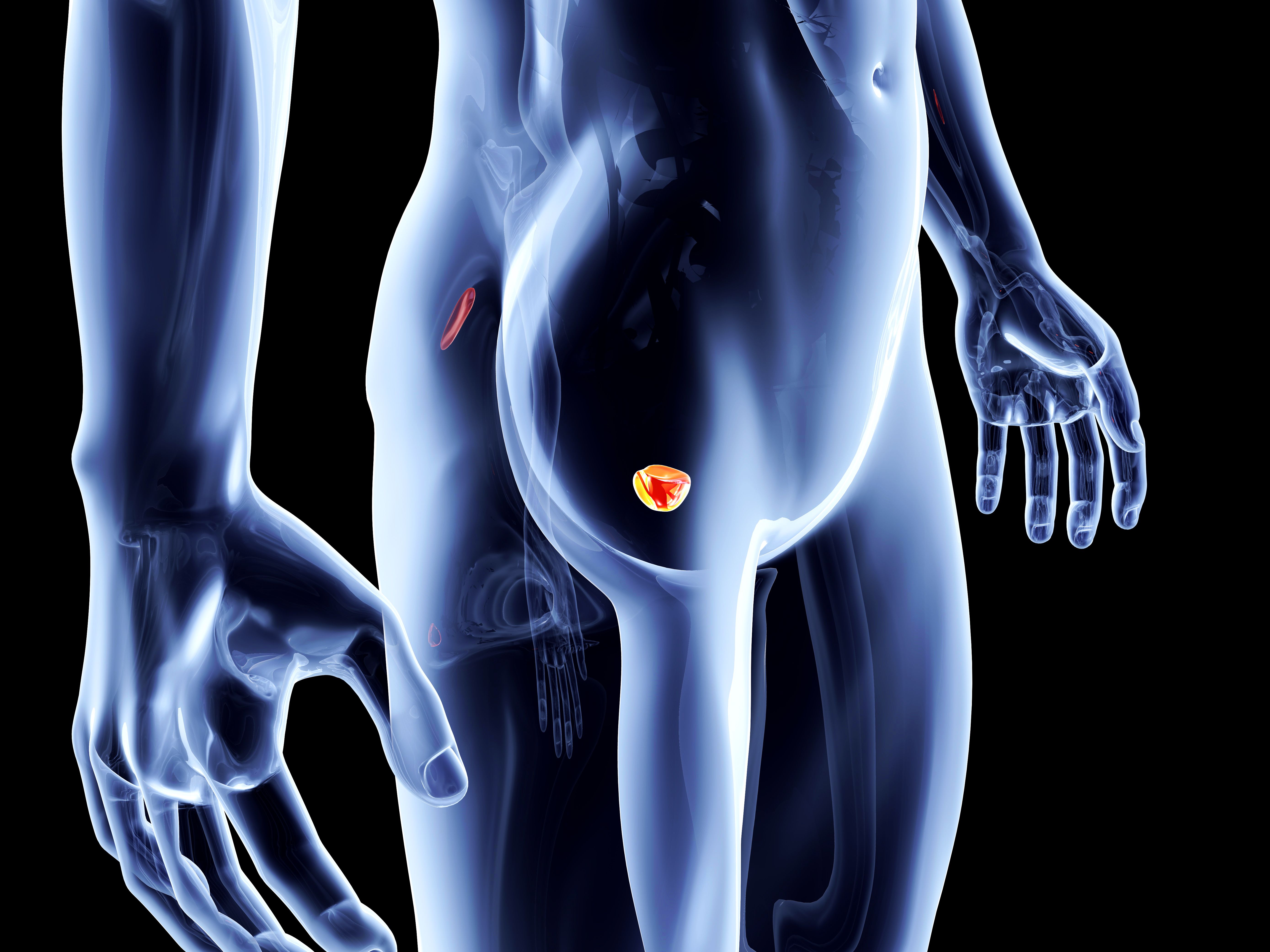Novel PET Imaging Agent 18F-rHPSMA-7.3 Proves Clinically Useful Prior to Surgery in Newly Diagnosed Prostate Cancer
Patients with newly diagnosed prostate cancer benefitted from 18F-rHPSMA-7.3 PET when used prior to surgery.
The use of 18F-rHPSMA-7.3 PET resulted in positive disease detection and yielded clinically important information in a population of patients with newly diagnosed prostate cancer when used prior to surgery, according to data from the phase 3 LIGHTHOUSE trial that were presented at the Society for Urologic Oncology (SUO) 23rd Annual Meeting.
Of the 296 patients with newly diagnosed prostate cancer included in the efficacy population, 7.8% to 13.0% had a 18F-rHPSMA-7.3 PET–positive pelvic lymph node according to 3 readers.

Of the 296 patients included in the efficacy population, 7.8% to 13.0% had a 18F-rHPSMA-7.3 PET–positive pelvic lymph node according to 3 readers. Moreover, extrapelvic lesions were identified in 16% to 28% of patients in an extended population that included those who received 18F-rHPSMA-7.3 PET regardless of surgery (n = 352).
Investigators noted that radiohybrid prostate-specific membrane antigen (PSMA)–targeting PET radiotherapeutic agents could be potentially labeled with 18F for use in diagnostic imaging or alpha-/beta-emitting radiometals for systemic radiation therapy. The LIGHTHOUSE trial assessed 18F-rHPSMA-7.3 PET, a novel, high affinity PSMA ligand that is currently being developed in the diagnostic imaging space for prostate cancer.
The study included patients with unfavorable-risk, high-risk, or very high–risk newly diagnosed disease set to undergo radical prostatectomy with regional pelvic lymph node dissection. PET/CT was performed 50 to 70 minutes following a 296 MBq (8mCi) intravenous dose of 18F-rHPSMA-7.3.
The images were interpreted by local readers prior to surgery and were subsequently sent for blinded independent evaluation by 3 central readers. Moreover, histopathology was performed with 30 days after PET.
The trial’s co-primary end points were patient level sensitivity and specificity in terms of detecting pelvic lymph node metastases. The prespecified threshold for sensitivity and specificity were 22.5% and 82.5%, respectively. The efficacy analysis population included patients who received 18F-rHPSMA-7.3 PET followed by surgery.
The trial did not meet the prespecified statistical threshold for sensitivity, which ranged between 23% to 30%. Investigators noted that sensitivity was higher for those with high-risk or very high–risk disease vs unfavorable intermediate-risk disease.
Moreover, specificity was between 93% to 97% and exceeded the threshold across all readers. Specificity was also high across all readers for both disease risk stratifications, measuring 93% or higher.
In terms of safety, investigators reported that in the safety population of 356 patients, 7.9% experienced a total of 33 treatment-emergent adverse effects (TEAEs), which were determined to not be serious. Of this population, 2.5% of patients experienced 10 TEAEs that were potentially related to 18F-rHPSMA-7.3 PET.
Three patients experienced injection site pain, and 1 patient each experienced peripheral swelling, diarrhea, nausea, hyperkalemia, arthralgia, dysgeusia, and hypertension.
Reference
Chapin B. Diagnostic performance and safety of 18F-rhPSMA-7.3 PET in patients with newly diagnosed prostate cancer: results from a phase 3, prospective, multicenter study (LIGHTHOUSE). Poster presented at Society for Urologic Oncology (SUO) 23rd Annual Meeting; November 30-December 2, 2022; San Diego, CA. Poster 134.